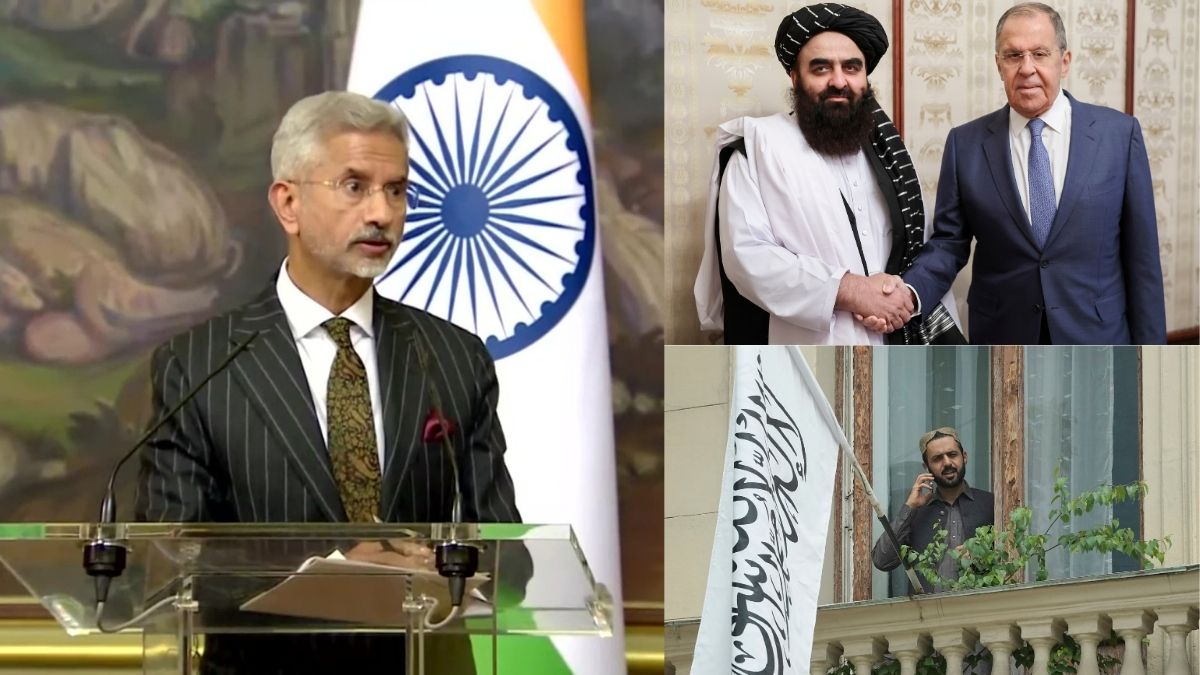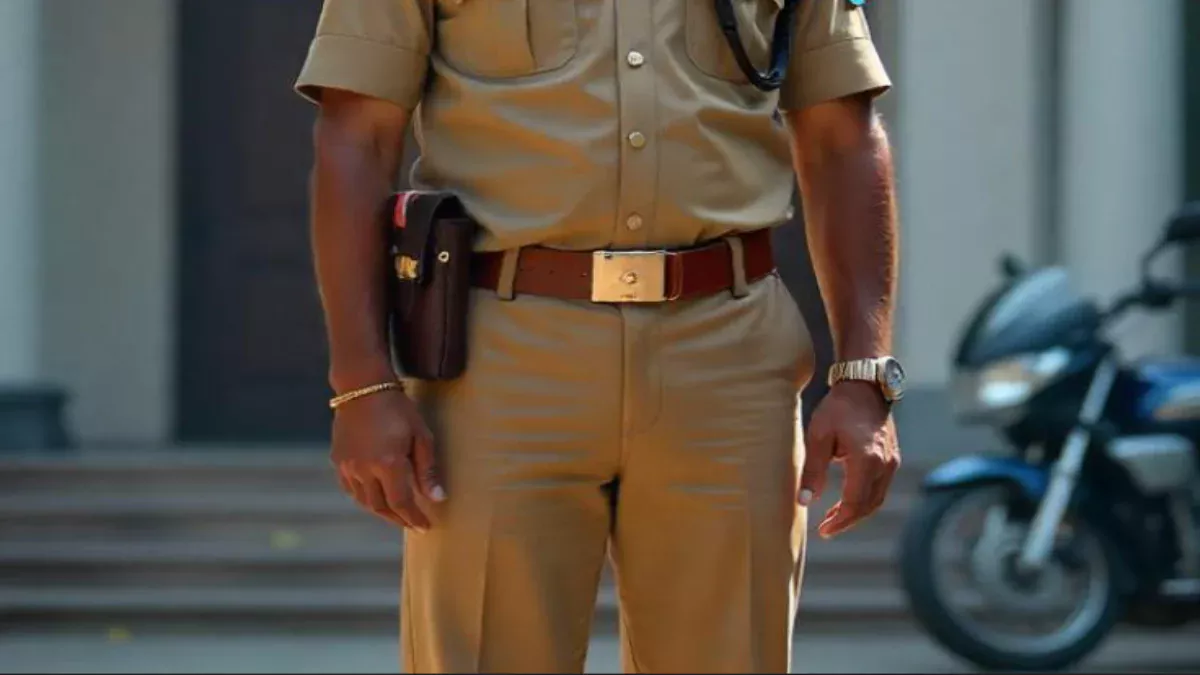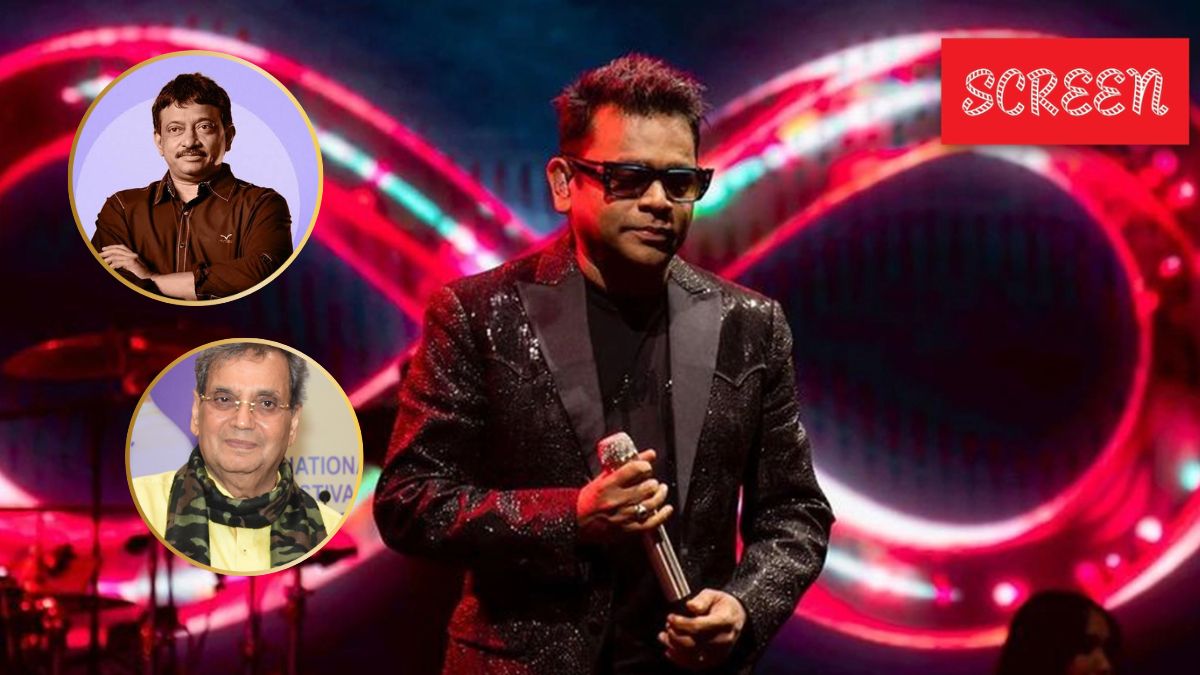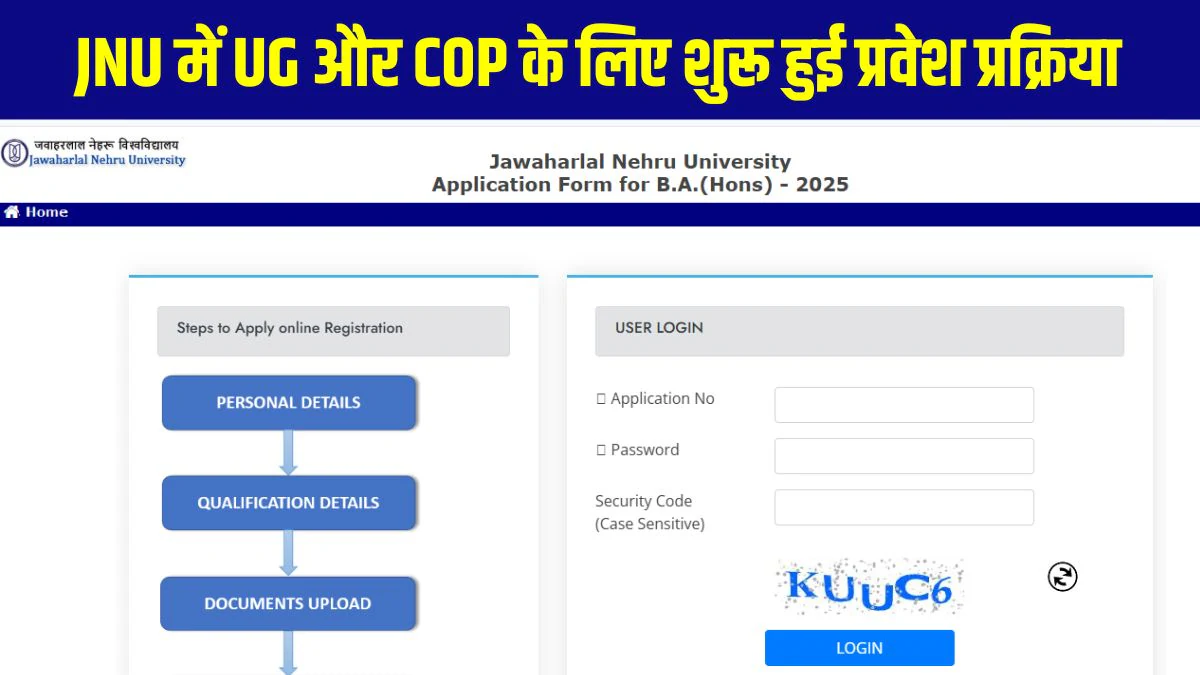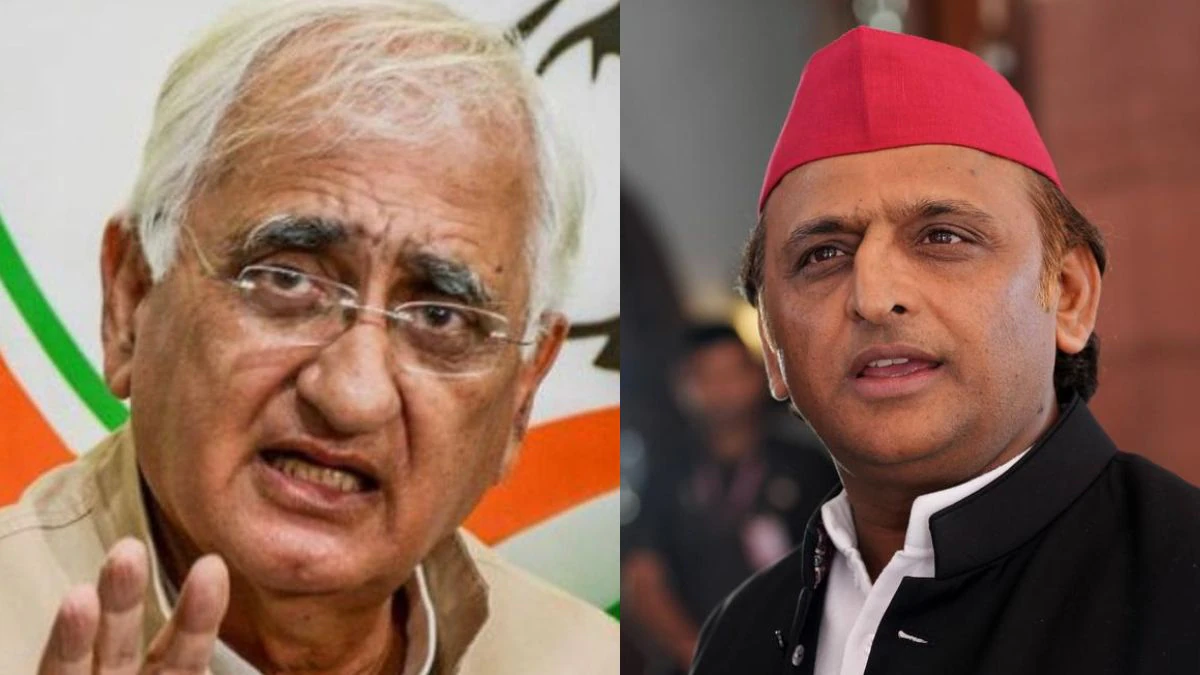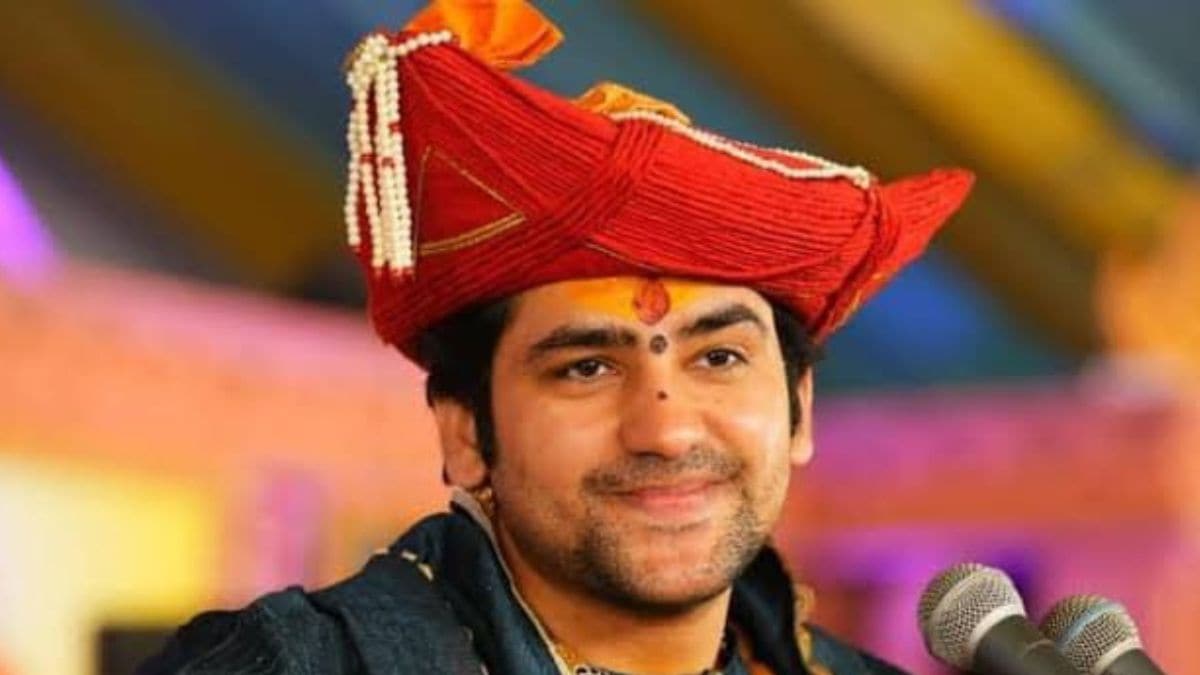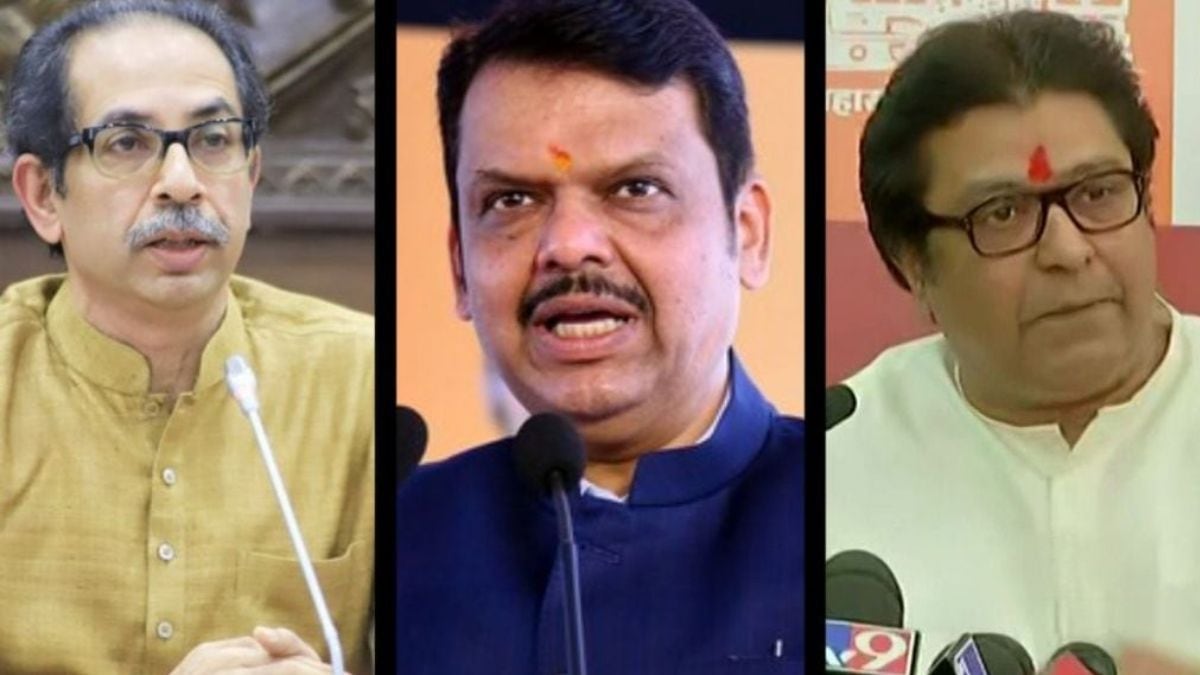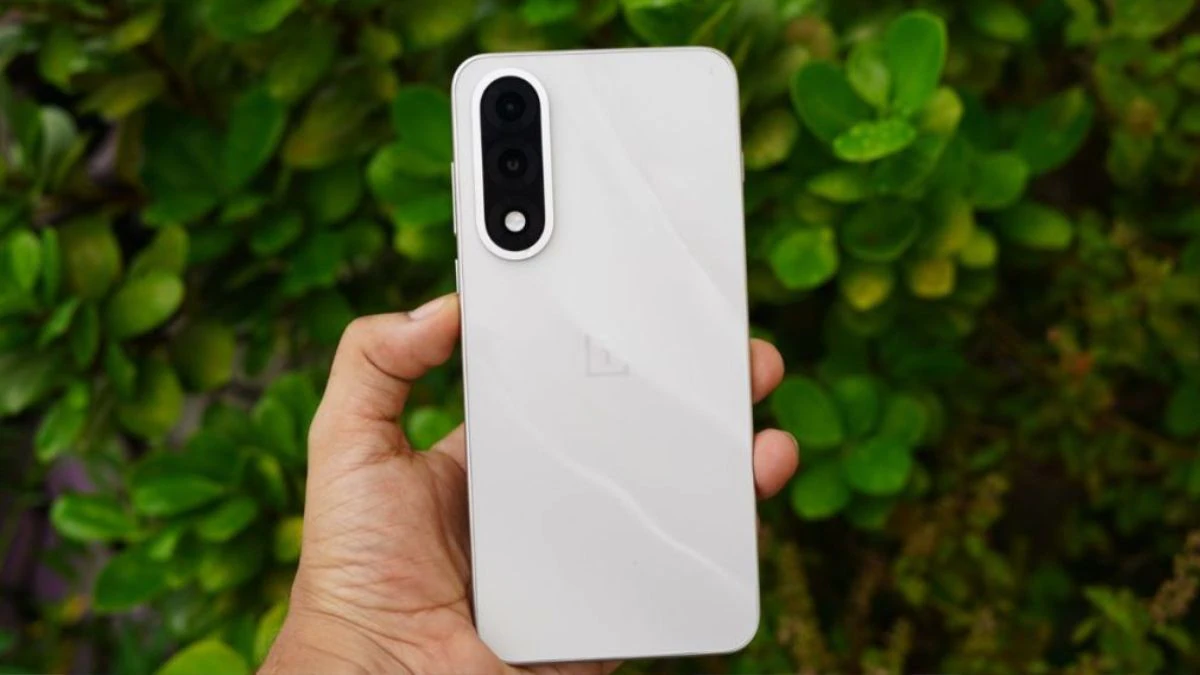OnePlus’ R series phones are known to offer flagship-like experience and performance without having to shell out a ton of money. While the OnePlus 12R still remains one of the best mid-range phones of 2024, the recently launched OnePlus 13R brings a new and much faster chipset, a telephoto lens and double the storage on the base variant.
If you own a OnePlus 12R and are thinking of upgrading to the Snapdragon 8 Gen 3 powered OnePlus 13R, here’s a quick comparison between the two that will help you decide if the new phone is worth spending the money on.
Just like the OnePlus 12, the OnePlus 12R has a curved AMOLED screen, but with the new R series device, OnePlus seems to have opted for a flat display with an aluminium frame. This not only makes the phone feel more premium, but also prevents frequent mistouches, which can sometimes be frustrating, especially when playing games without a cover.
Another design change is that the OnePlus 13R’s camera island is no longer connected to the left side of the frame, which is also the case with the OnePlus 13. This may not be a big deal for some, but it definitely makes the phone look more minimalistic.
OnePlus also seems to have stepped up the IP rating on the OnePlus 13R. Compared to its predecessor, which offers IP64 dust and water resistance, the new phone comes with IP 65 protection.
While the new IP rating does not make the phone waterproof, it can now handle low-pressure water jets and more dust, meaning you can take it for outdoor adventures. But make sure you don’t submerge it in water, as IP65 does not make the phone waterproof.
And while the OnePlus 13R has the same display size and resolution as its predecessor, it now has a LTPO 4.1 panel, which effectively translates to a more battery friendly always-on display. Another thing to note here is that the OnePlus 13R’s display is now protected by the Gorilla Glass 7i protection, which is a bit of a bummer compared to its predecessor’s Gorilla Glass Victus 2, which can easily withstand scratches and drops.
The OnePlus 12R is powered by the Snapdragon 8 Gen 2 chipset, which was Qualcomm’s 2022 flagship chipset, but the OnePlus 13R comes with the Snapdragon 8 Gen 3 SoC, which makes it faster than its predecessor.
While the new chipset brings a decent 20 per cent performance bump in the CPU department, the OnePlus 13R offers significantly increased gaming performance and has a better thermal management, making it the better choice amongst the two for mobile gamers and heavy users.
Compared to its predecessor, the base variant of the OnePlus 13R comes with 256GB storage, which means it has double the storage capacity as its predecessor. Also, the new phone uses UFS 4.0 compared to the OnePlus 12R’s UFS 3.1 storage, which makes launching apps and games significantly faster.
On the software front, the OnePlus 13R comes with OxygenOS 15 based on Android 15 out of the box, which feels snappier and is more feature packed compared to the previous version.
And even though OnePlus’ software update policy remains the same 3 Android updates + 4 years of security patches), the OnePlus 13R will get one more year of software and security updates.
The OnePlus 12R is a great phone, but it lacked a telephoto shooter, which wooed away many people who wanted to buy the phone. But with the OnePlus 13R, the company seems to have listened to user feedback, with the phone now sporting a 50MP telephoto lens that offers 2x optical zoom.
However, the 50MP primary shooter and the 8MP ultrawide sensor remains the same as its predecessor, but the OnePlus 13R may take better photos than its predecessor, thanks to the Snapdragon 8 Gen 3’s improved Image Signal Processing (ISP). The 16MP selfie shooter on the OnePlus 13R is also the same as its predecessor, which means video recording is still limited to FullHD resolution at 30fps.
The OnePlus 13R also packs in a much bigger 6,000mAh battery compared to the OnePlus 12R’s 5,500mAh battery. The increased battery capacity combined with the more power efficient chipset should translate to a longer battery life compared to its predecessor.
The OnePlus 13R’s charging speed is now capped at 80W, which is a bit slower than its predecessor’s 100W wired charging, so it will take longer to fully charge. However, this shouldn’t be a problem for many, as the new phone will easily last a few more hours.
For those wondering, the company claims that the OnePlus 12R can charge from zero to hundred in just 26 mins, while the OnePlus 13R will take around an hour.
If you are into gaming or multitasking, the OnePlus 13R is clearly much better than its predecessor, thanks to a bigger battery and a much faster chipset. The new phone also boasts a 50MP telephoto shooter, which makes it the clear winner for those who take a lot of photos.
However, if you don’t care about camera capabilities and are content with the battery life and performance OnePlus 12R (review) offers, there is almost no reason to spend money and upgrade to the OnePlus 13R.
Overall, the OnePlus 13R is a significant upgrade over its predecessor in almost all areas, and it will also get an additional Android update, making it an easy recommendation for those who want to upgrade from an older device or just want a phone with better build quality, flagship chipset and a big battery without spending a ton of money.
Stay informed with access to our award-winning journalism.
Avoid misinformation with trusted, accurate reporting.
Make smarter decisions with insights that matter.



